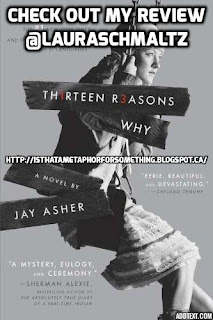I had picked up The Crossover for a few reasons. First of all, it is an award winning YA book (2015 Newberry Medal and Coretta Scott King Award Honor). Secondly, I was intrigued by the use of poetry, font, and space in the storytelling. Finally, it looked like something that would appeal to young male readers. You might say that I had high expectations, and they were blown out of the water.
The Crossover follows twin brothers Josh and Jordan, who inherited their talent and love of basketball from their father, a former champ. The close-knit family also includes their mother, who is Assistant Principal of their school. The story is split into six sections - warm up, four quarters, and overtime. Aside from the obvious connection to the game that the boys love, there is a second layer that relates to the importance of family and growing up. Interspersed throughout the story are 10 rules of basketball (that could be renamed rules of life). I would love to see students apply these to their own lives and write their own rules of _______________ (fill in the blank with their passion or interest).
I loved that the family story was so typical. This is a positive example of what a family can look like. Everyone loves each other and looks out for one another. When there are tensions in the family, they are very easy to relate to - jealousy, feeling abandoned, changing priorities. The story revolves around consequences of our actions, but never rings false or "preachy." I also loved the way that the book addressed race - with subtlety that is more powerful than any in your face depiction that I can think of. When Josh and his father are pulled over for having "a broken taillight," the tension is palpable. This is a great opportunity for teachers to talk about racism today. I find that when I teach To Kill a Mockingbird, students can get the sense that racism is behind us. The Crossover quietly reminds us that this is not the case. By the end of the story, there is a life-changing family tragedy (I won't spoil it for you) that had me in tears.
The poetry had a hip-hop feel, and the use of font size and word placement added to the story - I could feel the movement of the boys running up and down the court and hear the swish of the net whenever they sunk a ball. While some readers might find the poetic form offputting, especially if they feel that poetry is too academic, commit to 1-3 chapters. In no time you will forget that you are reading "poetry," and instead feel that you are listening to a performance. If I were to look for something to criticize about the book, it might be that it seems like an oral form that has been written down. I think that the execution is marvellous, but I can imagine that some might say that they would like to hear and/or watch the story rather than read it.
If you have a reluctant young reader in your life, especially a boy, see if you can hook them in with the promise of short chapters and sports. Once you're hooked, you will be in for an absolute treat.
Food for Thought... what are some of your favourite modern YA novels?
















